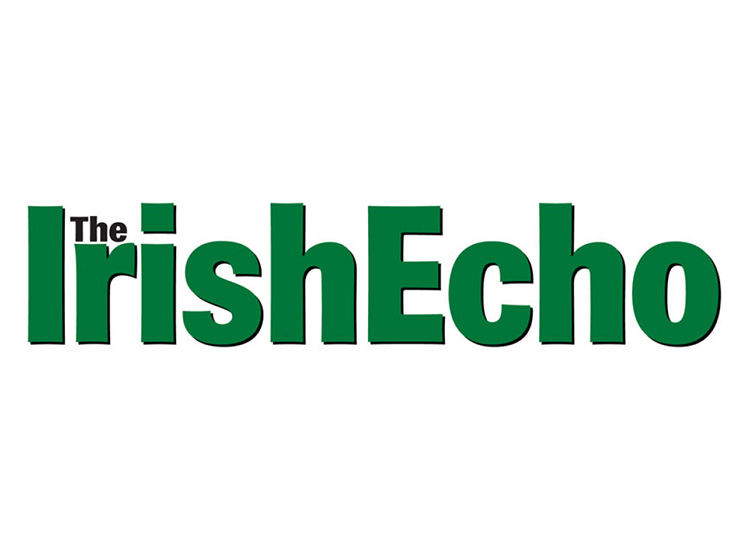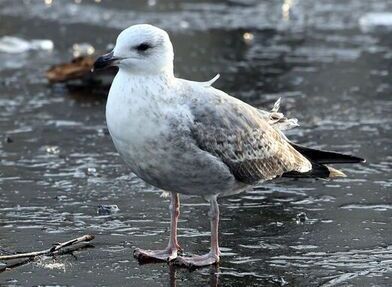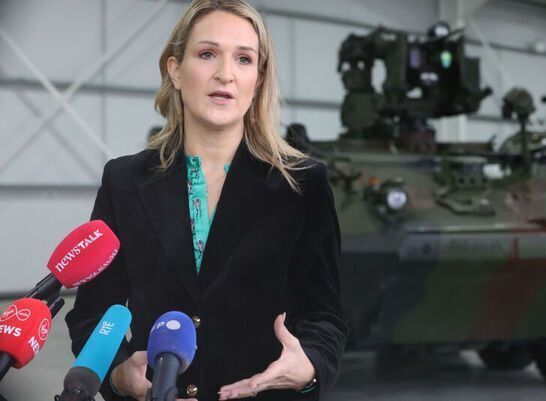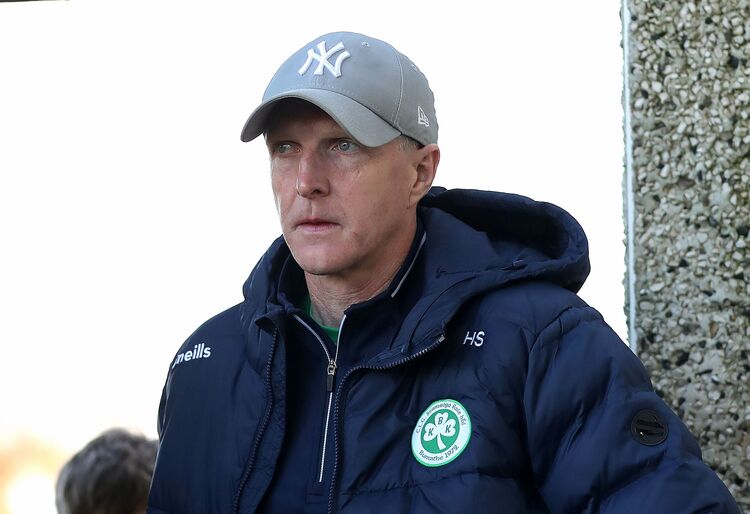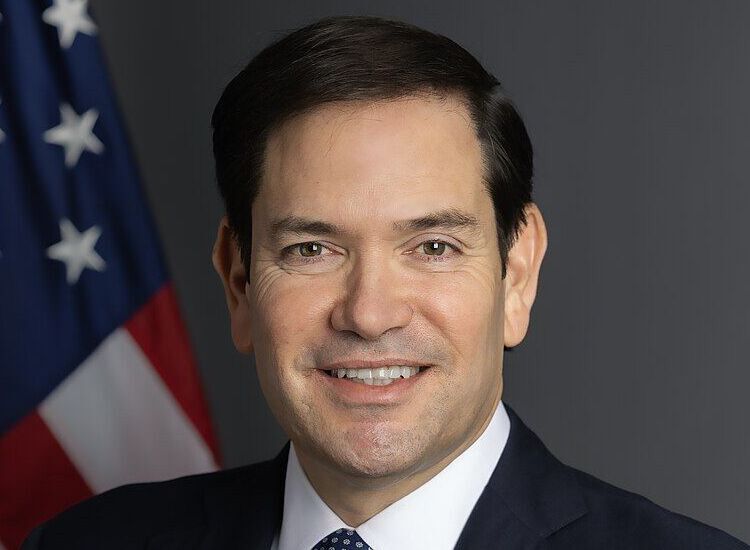[caption id="attachment_68995" align="aligncenter" width="600" caption="The Union Jack did fly over government Buildings in Dublin during the queen's visit last May."]
Wrap the Union Flag around me boys - and just hope the tourists come flocking.
This is the essence of the recommendation in a report that showing that Ireland is laying claim to a smaller share of the global tourism market and might want to consider flying more Union Jack flags in its capital city, this in order to make British visitors feel more at home.
The report, released this week by consultants Felim O'Rourke and Jerome Casey, also brands the Dublin's museums as "serious and boring."
With Ireland's share of the global tourism market having seriously declined over the past decade - though tourist numbers for 2011 did show a significant improvement - the report reveals that there has been a 53 percent drop in British tourists visiting Dublin between 2007 and 2010.
According to the report, Ireland had 0.93 percent of the world's tourism market in 2000 but ten years later that had declined to 0.64 percent.
"Given the fact no UK flag is flown over hotels, restaurants or other tourist attractions in Dublin although up to eight other national flags can be seen, it may arouse in British visitors an emotion stronger than surprise," the report states.
Museums such as the Dublin City Museum are called "boring," in the report while the Writers' Museum and Joyce Tower are branded as "failures."
The report calls for new attractions such as a museum about Ireland's Nobel Prize-winning authors and a fresh food market. A literature museum could also attract up to 350,000 people a year, the report stated.
The study, commissioned by the Dublin City Business Association, also noted that Scotland attracted nine million visitors in 2009 at a cost of €55 million, while Ireland enticed just 6.9 million visitors that year at a cost of €145 million.

